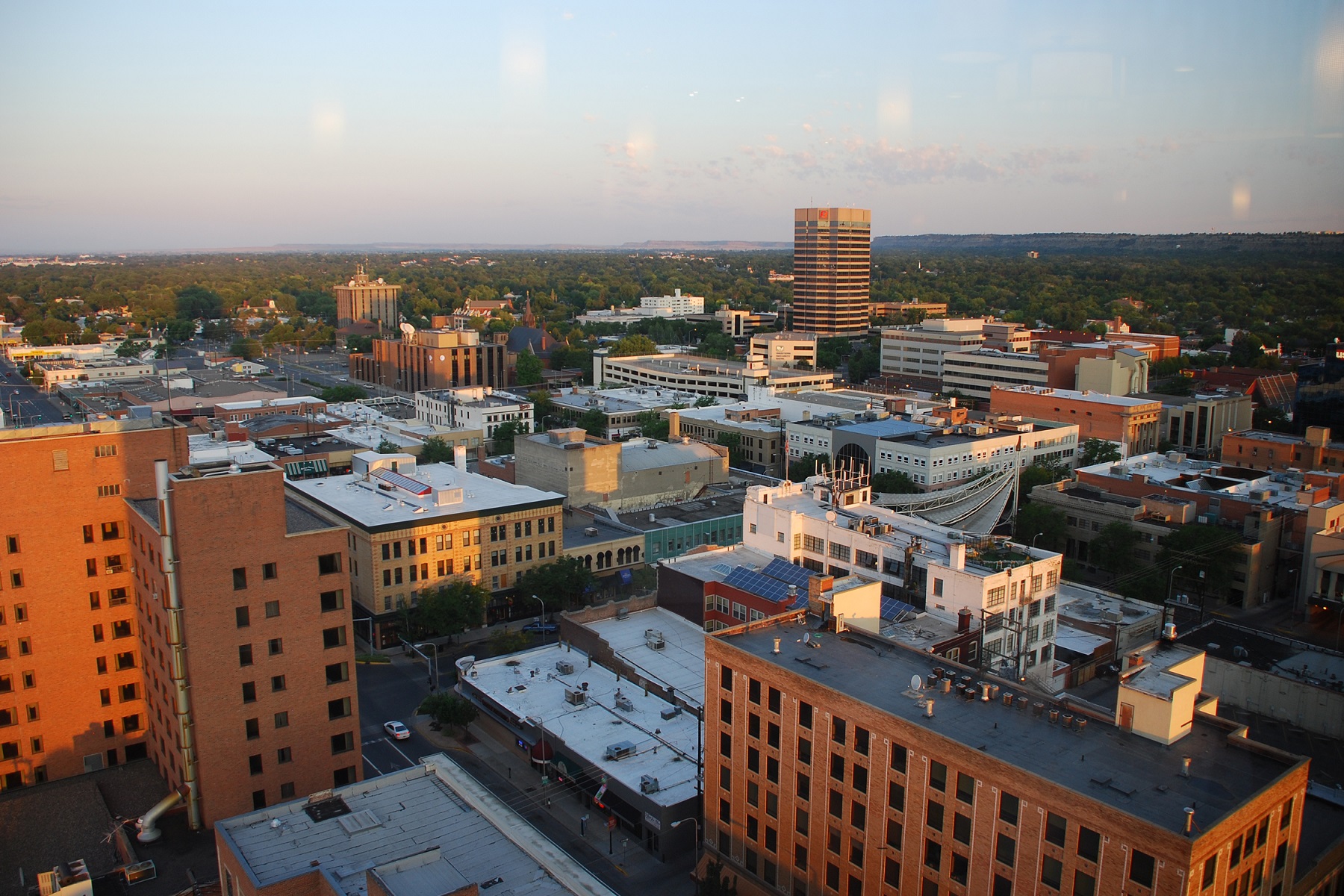Quick search
CTRL+K
Quick search
CTRL+K

Mount Rushmore National Memorial is a famous sight located in the Black Hills of South Dakota. It is one of the most iconic landmarks in the United States and a sight you will never forget when you have been there. It is a monumental sculpture with the 18-meter faces of four U.S. presidents: George Washington, Thomas Jefferson, Theodore Roosevelt, and Abraham Lincoln. These presidents were chosen to represent the nation’s birth, growth, development, and preservation.
The idea for Mount Rushmore originated with Doane Robinson, a South Dakota historian, who envisioned a grand monument to promote tourism in the Black Hills region. In 1923, he proposed carving the likenesses of famous American figures into the granite cliffs. Robinson initially considered Western heroes like Lewis and Clark, but sculptor Gutzon Borglum suggested using the faces of U.S. presidents to give the monument a more national significance. Borglum chose Mount Rushmore for its stable granite and expansive view.
The creation of Mount Rushmore began in 1927 under the direction of sculptor Gutzon Borglum. The project and thereby the carving of the presidents’ faces into the rocks took 14 years to complete, with the final touches added in 1941. Borglum’s vision was to create a so-called Shrine of Democracy that would symbolize the ideals and history of the United States. As a visitor, you can enjoy a variety of activities beyond simply viewing the sculpture.
The national memorial offers a museum with exhibits on the history and construction of the sculpture, as well as the lives of the four presidents depicted. There are also ranger-led tours, a half-mile Presidential Trail that provides different perspectives of the monument, and an evening lighting ceremony that adds to the experience.
The surrounding Black Hills region offers additional attractions for tourists. Nearby, you’ll find the Crazy Horse Memorial, another monumental sculpture in progress, dedicated to the Lakota leader. The Black Hills are also home to Custer State Park, where you can enjoy hiking, wildlife viewing, and scenic drives. The area is rich in history and natural beauty, making it a perfect complement to a visit to Mount Rushmore.

Pierre is the picturesque capital city of South Dakota. It is located along the banks of the Missouri River, and it’s history dates back to 1880 when it was founded on the east bank of the river, opposite Fort Pierre. The fort and the city was named after Pierre Chouteau Jr., who was a prominent fur trader. The city grew and became a center for trade and transportation.
South Dakota was admitted as a state in 1889, and Pierre was chosen as the state capital due to its central location. It has developed ever since, and Pierre is today home to both historical landmarks and modern buildings.

Cheyenne is the capital and largest city of the US state of Wyoming. The town’s history began on July 4, 1867, when Grenville M. Dodge of the Union Pacific Railroad announced the site of the company’s new town in connection with the construction of the Crow Creek Railroad. The next day, Crow Creek Crossing was founded, and the inhabitants later named the town after the Cheyenne tribe.
The first train arrived to town in November 1867, and the U.S. Army founded a fort in the area the same year. The following year, Wyoming Territory was established from a part of the Territory of Dakota, and Cheyenne was chosen as the capital. Wyoming became a US state in 1890, and the state capitol was dedicated the same year. There was also a courthouse, an opera house and other institutions, and by the end of the 19th century there were approximately 14,000 inhabitants in the city.

Billings is the largest city in the US state of Montana. The city is set in the Yellowstone Valley, which was settled and developed in the late 19th century. In 1877, settlers established Coulson as the first town, and it was then a lawless place. When the railroad came to the area, the railroad owned land west of Coulson, and the company established Billings as a railroad town in 1882, naming it after Frederick H. Billings, president of the Northern Pacific Railways 1879-1881.
At first there were three buildings here, but in a few months 2,000 had settled in the new town. Some of the settlers came from Coulson, which as a town disappeared in the 1930s. By 1910, Billings had more than 10,000 residents, and growth continued throughout the century. The city became the center of energy production after the discovery of oil and gas in Montana and Wyoming, and later many high-rise buildings were built from the 1970s and 1980s.

Mount Rushmore National Memorial, South Dakota, United States, USA
Overview of Mount Rushmore
Mount Rushmore National Memorial is a famous sight located in the Black Hills of South Dakota. It is one of the most iconic landmarks in the United States and a sight you will never forget when you have been there. It is a monumental sculpture with the 18-meter faces of four U.S. presidents: George Washington, Thomas Jefferson, Theodore Roosevelt, and Abraham Lincoln. These presidents were chosen to represent the nation’s birth, growth, development, and preservation.
About the Whitehorse travel guide
Contents: Tours in the city + tours in the surrounding area
Published: Released soon
Author: Stig Albeck
Publisher: Vamados.com
Language: English
About the travel guide
The Whitehorse travel guide gives you an overview of the sights and activities of the Canadian city. Read about top sights and other sights, and get a tour guide with tour suggestions and detailed descriptions of all the city’s most important churches, monuments, mansions, museums, etc.
Whitehorse is waiting for you, and at vamados.com you can also find cheap flights and great deals on hotels for your trip. You just select your travel dates and then you get flight and accommodation suggestions in and around the city.
Read more about Whitehorse and Canada
Canada Travel Guide: https://vamados.com/canada
City tourism: https://visitwhite-horse.ca
Main Page: https://www.vamados.com/
Buy the travel guide
Click the “Add to Cart” button to purchase the travel guide. After that you will come to the payment, where you enter the purchase and payment information. Upon payment of the travel guide, you will immediately receive a receipt with a link to download your purchase. You can download the travel guide immediately or use the download link in the email later.
Use the travel guide
When you buy the travel guide to Whitehorse you get the book online so you can have it on your phone, tablet or computer – and of course you can choose to print it. Use the maps and tour suggestions and you will have a good and content-rich journey.

Similar to Mount Rushmore Travel Guide
